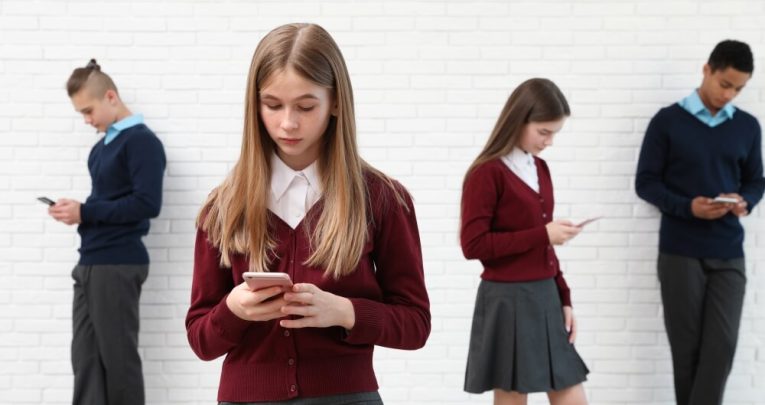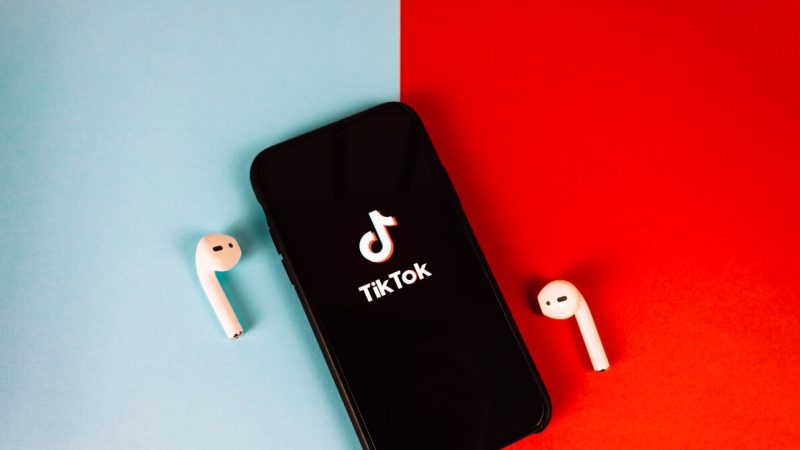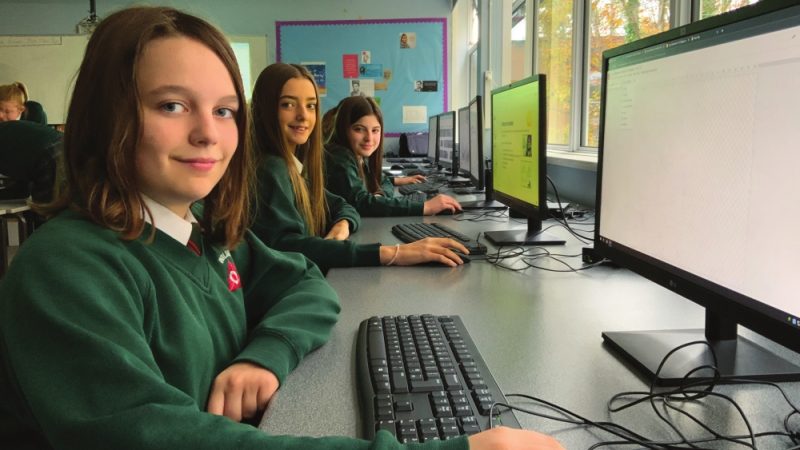Devices, distractions, platforms and problems – Why tech bans aren’t the answer

Online platforms and social media can cause security and content issues within schools, but implementing bans isn’t necessarily the answer, says Bob Drummond…

- by Bob Drummond

Digital solutions and social media have been the ‘winners’ of the pandemic – exploding in use in schools and among students to help everyone keep in touch and enable remote teaching whilst social distancing.
Recent research from The DfE reveals that the majority of schools have invested in new or upgraded technology in response to COVID-19 to enable remote teaching and learning.
With the UK government currently working through its ‘COVID catch-up plan’ to help students plug gaps in their education caused by the pandemic, we can expect schools to continue relying on digital, asynchronous learning solutions and social media to support their students for some time yet.
However, implementing such solutions requires far more than simply switching the technology on. Large scale technology use in school settings involves weighing up a series of considerations and implications. For instance, there’s a pressing need in every school for digital policies that can help manage students’ use of social media. In response to what seemed to be a perceived absence of existing policies, the former Education Secretary, Gavin Williamson, called for a ban on mobile phones in schools.
However, this issue isn’t about trying to prevent children and young people from accessing major online platforms and technologies that could be distracting or host harmful content; the real solution lies in schools and teachers understanding how to ensure that students know how to use these technologies safely and securely, and building protections around that.
Clear rules – for everyone
When implementing a digital solution within any school, it’s crucial to establish clear rules and expectations around its use – not just for students, but also teachers and parents.
Settings must prevent pupils from muting each other, for example, removing teachers from meetings or interfering with files stored online. It’s also important to advise pupils and their parents or carers on continuing live lesson etiquette and expectations. Should a responsible adult be nearby to support the child where needed? Should video feeds be turned on or off?
Many school-age children are already incredibly adept at using technology, but their ability to use it wisely and keep themselves safe online remains very much in development. At Kami, we’re supporters of how the latest PSHE curriculum incorporates digital literacy across all Key Stages.
The purpose of this is to educate children in an age-appropriate way about what type of personal information to avoid sharing online, how to ensure their privacy and security settings on social media platforms are sufficient, and understanding that not everyone and everything online is necessarily reliable and trustworthy – all vital in helping young people navigate the digital landscape safely.
Trending
The disruption factor
Of course, educating teachers and students on best practice with respect to technology use won’t mean they’ll always be secure, or accessing content that’s safe for consumption.
For this, schools must look to technical solutions that can act as a practical defence against malicious material – preventing access to certain sites, or withstanding potential data breaches.
Foremost among these are the content filters that help shield students from the kind of sites that can lead to malware being installed onto personal devices, as well as sites showing inappropriate and/or hateful content and social networking sites that may impact upon classroom productivity.
Placing administrator rights firmly in teachers’ hands is important – as is giving them full oversight and control of students’ devices that are out and being used in the classroom, or connected to the school’s WiFi network. They can then use this ability to delete inappropriate comments left on collaborative workspaces, and restrict access to individual users.
To make the most of their technology in the post- COVID world, schools must adopt a digital and holistic approach to managing it. Rather than relying on the devices and content filters themselves, teachers should consider giving students and parents the chance to learn about online etiquette, digital skills and behaviour.
This will not only keep their children safe in school, but also help prepare them for a workforce that’s becoming ever more digital by the day.
Bob Drummond is chief privacy officer and co-founder at Kami – visit kamiapp.com or follow @usekamiapp.










